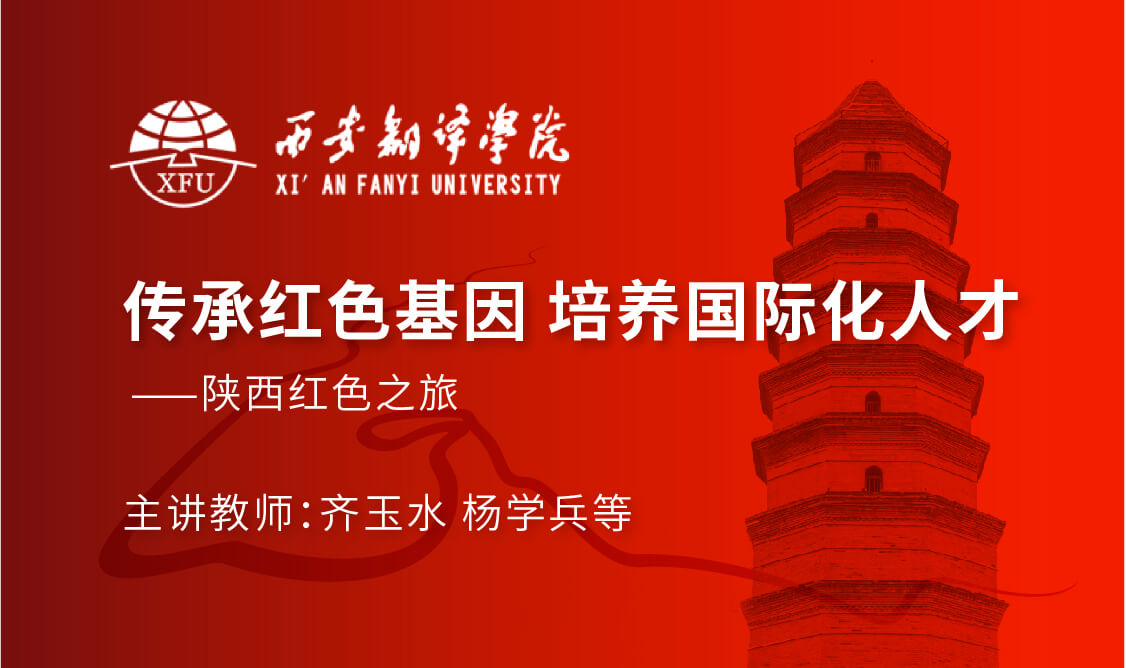
当前课程知识点:Production Engineering > Chapter 5 Gas Lift > 5.3 Gas Lift Design > 5.3.3 Kick-off Procedure with Unloading Valves
返回《Production Engineering》慕课在线视频课程列表
返回《Production Engineering》慕课在线视频列表
同学们 大家好
气举设计中首先我们确定了工作阀深度
确定了工作阀深度之后
我们就需要设计出一系列的启动阀的位置
在介绍启动阀设计方法之前
我们首先在本节中介绍
安装气举阀后的启动过程
与没有安装气举阀的气举启动相比
安装了气举阀之后
应该是有如下的启动过程
在这里面
我们理解气举阀的启动过程
需要了解这样一个连通器的原理
为什么这么说呢
对于气举井来说
环空内和油管中是两个压力系统
通过气举阀将两个压力系统连接起来
就类似于这种U型管的连通器原理
一侧是油管内
一侧是环空内
时刻这两个压力系统是要保持平衡的
这一点我们在分析气举的启动过程的时候
大家一定要记住
我们来看一下
在气举启动之前
环空内和油管中液面是平衡的
气举启动之后
压缩机的压力逐渐提高
压着环空那个液面就逐渐下移
压的液体通过气举阀
进入到油管当中
在井口中流出
随着气举压力的逐渐提高
压缩机达到了它的最大输出压力
当这个最大压力达到了之后
液面就不能够下移了
这个时候我们要做的工作
就是在这个合适的位置上
加入第一级的气举阀
也就意味着当压缩机的工作能力
达到极限的时候
液面已经不能够再继续下移的时候
我们就要加入第一级的气举阀
气体就会通过气举阀进入到油管当中
那么进入油管之后的气液混合流体
流出井口
我们再来关注一下
这个压力平衡的情况就被打破了
在气体进入油管之前
它支持的是一个纯液柱的
这样的一个压力高度
当气体掺入之后
它支持的是气液混合柱的一段压力
也就意味着当气体掺入到油管内以后
环空内的压力
换句话说
压缩机提供的输出压力就多余了
就富余了
就富余了
这时候富余的压力怎么来抵消呢
怎么来消耗呢
就是将液面继续向下
将液面继续向下就意味着
液面又会支持一段新的纯液柱高度
支持多高呢
就跟刚才富余的那段压力有关系
当液面下到新的一个深度
又不能继续下移的时候
怎么办呢
我们就需要加入第二级的气举阀
也就意味着当液面下到一个新高度
不能继续下移了之后
在这个位置上安装了第二级的气举阀
安装了第二级的气举阀
就意味着在这个位置又有气体掺入了
大家想一想
在两级气举阀都掺入气体之后
环空内的压力和油管内的压力又不平衡了
差在什么地方了
就差在了第二级的阀进气之前
它支持的是这样一段
气液混合柱加上一段纯液柱
而进气之后
它支持的是一段更长的气液混合柱
那么多余的这一部分压力
如何来消耗
就是使得液面继续下移
这样我们就在合适的位置
再加入新的第三级第四级的气举阀
直到液面逐渐下移
移到了我们所设计的工作阀的位置
启动(气举)阀的作用就结束了
整个的气举也就启动起来了
与我们前面讲过的
没有气举阀的气举启动过程相比
安装了一系列的启动阀之后
可以使得整个的气体系统
在较低的启动压力之下
能够将液面顺利的压到比较深的位置
换句话说
压到了工作阀的这样一个深度
使气举能够在较低的启动压力下启动起来
下面我们通过图示的方式来介绍一下
各级启动阀下入深度是如何来确定的
首先 对于启动之前的情况
油管内环空内同一个液面深度
从压力的方面来说
环空内的压力
和油管内的压力是同一个压力梯度
就是我们所谓的静液柱的压力梯度
当气体进入到环空之后
发生了什么样的变化
我们看到环空内的压力
这条红线偏离了油管内的静液柱的这根线
使得液面在环空内逐渐下移
随着压缩机输出压力的提高
红线向右移动
跟油管内的压力的交点得到了一个值
为什么要交这个点呢
就说红线向右移动
移动到了压缩机输出的最大输出能力的时候
它已经到达了最终的位置了
这个时候
我们说液面已经不能够再继续下移了
它跟静液柱所得的这样一个交点
就是我们需要加入的第一级气举阀的位置
所以第一级的气举阀
是根据压缩机的最大输出能力来确定的
这一点大家要记住
当气体从第一级气举阀进入到油管内之后
油管内的压力梯度又是如何变化的呢
大家注意 没有进入气体之前
它是一条静液柱的压力梯度线
如果气体掺入了之后
混合的流体它的密度降低了
它的压力梯度变小了
它就变成了这样一条线
差别出来了
从第一级的气举阀外部
也就是环空内
它的压力在这个点
而在气举阀的内部
在油管内因为掺入了气体
它的压力梯度变小了
油管内的压力在这个点
就意味着油管内外
它的压力存在一个压力差
压力不平衡了
如何让它平衡呢
这一段的压力就需要液面继续下移
来抵消多余的这部分压力
那么如何抵消呢
在哪个位置上抵消呢
就是我们通过这样一段压力
能够支持多高的一段静液柱来确定
能支持多高的一段静液柱
就是这段静液柱的压力梯度
来抵消这段的△P
这就得到了我们第二级的气举阀位置
依次类推
我们可以得到
第三级第四级的气举阀的启动位置
直到液面能够顺利的压到工作阀的位置为止
以上就是我们来确定启动阀位置的
这样一种图示的方法
从结果上来看
我们看到井口的注入压力
在第一级的启动阀达到进气条件的时候
启动压力达到峰值
当进气之后压力逐渐降低
平稳的过程就是一个向下继续压液面的过程
进一步的下降
就是在第二级的气举阀进气的一个过程
所以说这样的一个启动压力的一个变化
就实现了我们前面所讲的
较低的启动压力
而使得整个的气举过程
顺利启动的这样的一个效果
以上就是我们介绍的本节的主要内容
同学们再见
-1.1 Main Tasks of Production Engineering
--1.1 Main Tasks of Production Engineering
-1.2 Flow in Production System
--1.2 Flow in Production System
-Problems
--Chapter 1 - Problems
-2.1 IPR Curve and Well Productivity
--2.1.1 Single-Phase Oil Inflow Performance Relationships
-2.2 Vogel's IPR and Applications
--2.2.2 Determination of IPR Curves Using Vogel's Equation
--2.2.3 Skin Factor and Flow Efficiency
--2.2.4 Extension of Vogel's Equation for Non-Complete Wells
--2.2.5 Combination Single-Phase Liquid and Two-Phase Flow
-Problems
--Chapter 2--Problems
-3.1 Two-Phase Flow in Wellbore
--3.1.1 Flow Regimes in Vertical Flow
-3.2 Two-Phase Vertical Flow Pressure Gradient Models
--3.2.1 Two-Phase Pressure Gradient Equations
--3.2.2 Predicting Gas-Liquid Flow Regimes Using the Okiszewski Correlation
--3.2.3 Pressure Gradient Calculation Using the Okiszewski Correlation
-3.3 Vertical Lift Performance
--3.3 Vertical Lift Performance
-Problems
--Chapter 3--Problems
-4.1 Nodal Analysis Approach
--4.1.2 Solution Node at Bottom of Well
--4.1.3 Solution Node at Wellhead
-4.2 Flow through Chokes
--4.2.2 Solution Node at Choke
-Problems
--Chapter 4--Problems
-5.1 Principles of Gas Lift
--5.1.2 Initial Kick-off of Gas Lift
-5.2 Gas Lift Valves and Gas Lift Completions
-5.3 Gas Lift Design
--5.3.1 Gas Lift Design for Specific Production Rate
--5.3.2 Gas Lift Design for Specific Injection Rate
--5.3.3 Kick-off Procedure with Unloading Valves
--5.3.4 Design Depths of Unloading Valves
-Problems
--Chapter 5--Problems
-6.1 Introduction of Surface and Downhole Equipment
-6.2 Operating Principle of Sucker Rod Pumps
-6.3 Pumping Unit Kinematics
--6.3.1 Motion of Polished Rod-Simple Harmonic Motion
--6.3.2 Motion of Polished Rod-Crank and Pitman Motion
-6.4 Polished Rod Load
--6.4.3 Peak Polished Rod Load and Minimum Polished Rod Load
-Problems
--Problems for chapter 6: Sucker Rod pumping I
-6.5 Calculation of Counterbalancing, Torque and Power
--6.5.1 Balance of Pumping Unit
--6.5.2 Counterbalancing Calculation
--6.5.3 Torque and Torque Factor
-6.6 Volumetric Efficiency of Pump
--6.6.2 Gas Effect on Pump Performance
--6.6.3 Measures of Enhancing Pump Volumetric Efficiency
-6.7 Design of Pumping System
--6.7.1 Strength Calculation and Design of Sucker Rod Strings
--6.7.2 Design Procedures of Pumping System
-6.8 Analysis of Sucker Rod Pumping Well Conditions
--6.8.1 Acoustic Surveys and Analysis of Annular Liquid Levels
--6.8.2 Introduction of Dynamometer Card
--6.8.3 Typical Dynamometer Cards
-Problems
--Problems: Chapter 6: Sucker Rod Pumping (II)
-7.1 Water Injection System
--7.1.1 Water Resources and Water Treatment
--7.1.2 Introduction of Water Injection System
-7.2 Injectivity Analysis
--7.2.1 Injectivity and Injectivity Index Curves
-7.3 Injection Tubing String
--7.3 Introduction of Injection Tubing Strings
-7.4 Analysis and Application of Injectivity Index Curves
--7.4.1 Analysis of Injectivity Index Curves
--7.4.2 Injection Choke Deployment
-Problems
--Chapter 7--Problems
-8.0 Introduction
-8.1 The Fracturing of Reservoir Rock
--8.1.1 Basic Rock Mechanics Parameters
--8.1.4 Fracture Initiation Conditions
-Problems
--Chapter 8(I)--Problems
-8.2 Fracturing Fluids
--8.2.2 Fluid-Loss Properties of Fracturing Fluids
--8.2.3 Rheological Properties of Fracturing Fluids
-8.3 Proppants
-8.4 Hydraulic Fracturing Design
--8.4.1 Productivity Index of Hydraulic Fracturing Wells
--8.4.2 Fracture Geometry Models
--8.4.3 Design Procedure for Hydraulic Fracturing
-Problems
--Chapter 8(II)--Problems
-9.0 Introduction
-9.1 Carbonate Acidizing
--9.1.1 Mechanism of Carbonate Acidizing
--9.1.2 Effect Factors of Reaction Rate
--9.1.4 Effective Distance of Live Acid
-9.2 Sandstone Acidizing
--9.2.1 Mechanism of Sandstone Acidizing
--9.2.2 Mud Acid Treatment Design
-9.3 Acidizing Treatment Technologies
--9.3.2 Acidizing Treatment Operations
-Problems
--Chapter 9--Problems
-Final Exam
